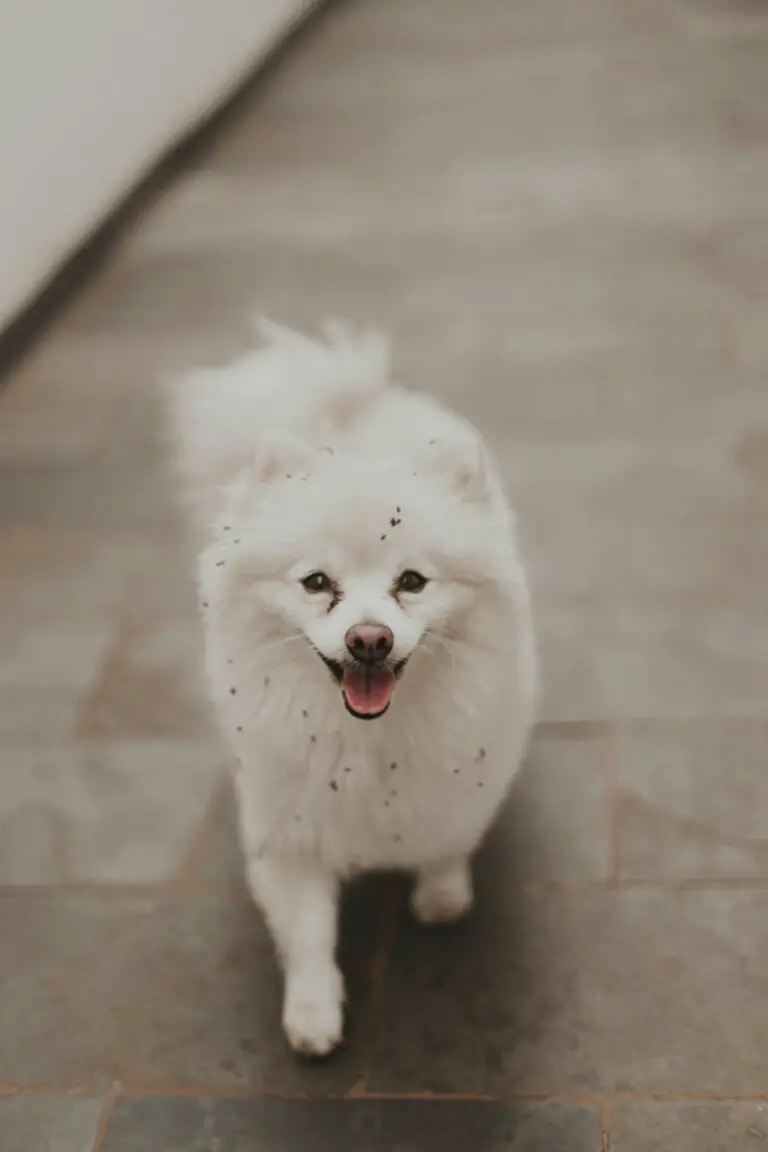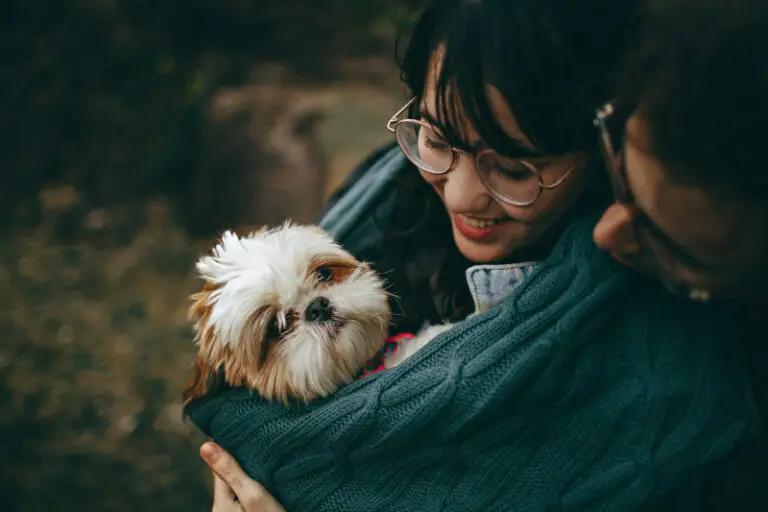Are you attracted by the appearance and sweetness of Yorkies? Do you want to know if a Yorkshire Terrier is pure? At first glance, all the specimens look alike, but the truth is that in the popular sphere variations within this breed are usually distinguished.
Although there is only one official type of Yorkie, the Yorkshire Terrier, in recent times the term “Yorkshire types” has been used to refer to those poorly marked, crossed, or genetically modified specimens.
More experienced fans can spot the differences between one and the other fairly quickly; however, it may not be as obvious to those who have recently become interested in the breed.
If that is your case and you want to learn more about this popular pet, here is a summary that will help you differentiate the “types of Yorkies” easily.
Table of Contents
Types of Yorkies
As we mentioned at the beginning, the Yorkshire Terrier is the only type of Yorkie recognized by official clubs. This is the original dog, which has served as the breeding ground for all Yorkies. It is said that it was obtained by crossing the Clydesdale terrier and the Paisley terrier, a now-extinct breed.
The breed standard states that the purebred Yorkshire Terrier is a compactly built, toy-sized dog, measuring between 7-8 inches, and weighing no more than 7 pounds. The dog’s head-high carriage and confident demeanor should give the appearance of vigor and self-esteem. Its coat is silky, fine, long, and perfectly straight (never wavy).
Puppies have black tan hair, almost always darker on the body. As they grow, the fur takes on a tan hue, especially on the head and legs; It should be noted that no tan is mixed with black hair.
The body coat exhibits a steely-blue color, never silver, which extends from the back of the neck to the root of the tail. The tail always shows a darker blue, especially towards the end.
The Yorkshire terrier was recognized by the UK Kennel Club in the 1870s, and in 1885 it was recognized by the American Kennel Club, in the United States.
It is a dog known throughout the world as purebred, derived from the extinct paisley terrier and the Clydesdale terrier, from whom it inherited its particular brown and steel-blue coat.
A single standard and 6 variations of the breed
Now, dogs with colors and markings that deviate from the original coat and size are also often classified as Yorkies, although officially some of them are not. These specimens are the result of Yorkshires that have been genetically modified, that have been crossed with other dogs, or that have poorly marked coats.
With this in mind, here are the 6 types of Yorkshire Terrier that are often referred to among breeders and lovers of the breed:
- The tricolor or Parti Yorkshire terrier
- The biewer terrier
- The Designer Yorkie
- The mini or teacup Yorkie
- Black Yorkie
- The misbranded Yorkie
Let’s see what characterizes each of them and what are the main differences…
1. Parti Yorkie
The Parti Yorkie is not a separate breed; it is a Yorkshire terrier with different colors. The coat of traditional Yorkies can be a combination of black and tan, black and teal, or teal and tan. However, the Parti can exhibit any combination of these colors, including white or chocolate.
The most common combination of Parti Yorkshires is tan on the head and white on the body with some patches of black.
These dogs can even be a solid shade; that is why you can sometimes see a totally chocolate or blonde Yorkie. Although there is some debate among breed lovers about whether the tricolor Yorkie is purebred, the American Kennel Club (AKC) officially recognized it in 2000 as part of its registry.
Did you know…? The tricolor gene is recessive, meaning that both parents have to carry the Parti genes to get a Parti pup in the litter. Many traditional-looking Yorkies are known to carry this gene.
2. Biewer Terrier
Although many refer to it as a type of Yorkie, the truth is that the Biewer is a new breed derived from the Yorkshire Terrier. At first glance, these puppies look a lot like tricolor Yorkie puppies, but a closer look at the coat will reveal a difference in markings.
The Parti or tricolor has a tan head and its body is a mixture of white and black spots; For its part, the biewer, has a standard pattern of white and spots of another color, generally symmetrical, in specific areas of the body. In other words, if you see a dog that looks like a Yorkie, but has mostly white fur, there’s a high chance you’re looking at a Biewer Terrier.
They can be between 7 and 11 inches long, and weigh between 4 and 8 pounds. Since they are most popular in Europe where docking is illegal, they do not usually have docked tails.
The Biewer Yorkie was included in the American Kennel Club registry, allowing him to compete in Toy group shows since 2014.
3. Designer Yorkie
A fairly common trend is to cross Yorkshire dogs with other breeds, for example with the chihuahua ( you get the chorkie ), with the poodle ( you get the Yorkipoo ), and with the Maltese ( you get a morkie ). These are what are known as designer Yorkies, which are always mixed breed dogs.
One of the main differences between the purebred Yorkie and the mixed Yorkie is personality. The designer Yorkie will inherit the temperament of its non-Yorkie mother or father. Unsurprisingly, they also exhibit differences physically, in trainability, and in the maximum age they can reach; designer specimens tend to live shorter lives and are more likely to experience health problems.
Not being purebred dogs, these “Yorkshire types” are not eligible to participate in official dog shows.
Recommended:
- Yorkshire Terrier Character – What Do You Know About His Personality?
- How to Take Good Care of a Yorkshire Terrier? Basic Care Guide
4. Teacup or Miniature Yorkie
A Miniature Yorkie is a Yorkshire Terrier that is smaller than normal. It’s one of the world’s smallest dogs.
Although it can weigh up to 7 pounds ( maximum approved weight for the Yorkshire breed ), the Teacup generally weighs 2 to 4 pounds and is 4 to 5 inches long. Although recognized by many as purebred dogs, they are not eligible for official dog shows.
It should be noted that Mini Terrier Yorkies are prone to certain size-related health issues, such as brittle bones and bladder problems.
Some are so small they can fit inside a teacup; That’s where the term Teacup Yorkie comes from.
5. Black Yorkie
Many refer to these specimens as Yorkshires due to the rarity of their coat. As puppies, Yorkies generally have a black or tan coat, which changes as they grow.
Once the dog has reached adulthood, its coat is typically bluish and tan; however, there is a possibility that in an adult Yorkie the color black predominates. It is said that in most cases, black Yorkies are not purebreds.
6. Misbranded Yorkie
The 4 approved color variations for the Yorkshire breed standard are Blue and Tan, Blue and Gold, Black and Gold, Black and Tan. Any other mark is considered a poorly marked color. This includes the gold Yorkie, the chocolate Yorkie, the red Yorkie, and the silver Yorkie.
These rare specimens, along with the even rarer red-footed Yorkshire terrier, are the quintessential “badly marked” breed.
The breed standard allows the dog to have a small white patch on the chest, as long as the longest dimension does not exceed 1 inch.
See later:
Yorkshire terrier hair types: silky hair vs. cottony hair
As a result of the characteristics of their coats, there are 2 types of Yorkshire terrier: the long-haired silky Yorkie and the short-haired cottony Yorkie.
Silky hair: Most Yorkshire Terriers have this coat; in fact, it is one of the distinctive features of the breed. According to the standard outlined by the AKC, the coat of these dogs is silky, shiny, fine, and straight, capable of growing to the ground.
Keeping the Yorkie’s skin well hydrated will be an owner’s biggest challenge, as his fine, silky coat doesn’t offer much protection. Likewise, maintaining regular coat care to prevent split ends, loss of shine, and tangles is another critical task.
Cottony Coat: Some Yorkies have a different type of coat, with a cottony, porous texture, rather than silky. It is thicker, wavy, and denser hair. Although it never grows that long, this coat is extremely prone to matting, which is why most owners choose to keep it short at all times.
How to know if a Yorkshire Terrier is purebred?
In order to confirm the purity of a Yorkshire Terrier puppy, it is imperative to obtain its pedigree from the breeder. Reputable breeders usually offer information on the purity of their puppies’ bloodline. Reliable proof of this is usually registration with official kennel clubs and associations.
Another way to determine whether a Yorkshire Terrier is pure or not is to examine its physical characteristics. Based on the breed standard, here are some of the key traits to look out for:
- Color. The coat of purebred Yorkshire Terriers is black and tan at birth. As the dog matures, its color usually changes to steely blue and tan. This should not be silvery blue or mixed with fawn, tan, or black hairs.
- Head. It should be small and flat on top, with a short snout and a black nose.
- Ears. Erect ears in a symmetrical shape, not too far apart, are also a sign of purity.
- Eyes. Medium in size, not very prominent. They are dark and shiny in color, with a sharp and intelligent Expression. Likewise, the rims of the eyes are noticeably dark.
- Weight. A true Yorkie should weigh between 5 and 7 pounds as an adult. A specimen weighing more than 7 pounds is no longer considered pure.
- Body. Well proportioned and very compact.
- Legs and paws. They have straight legs and round feet. The nails are always black.



